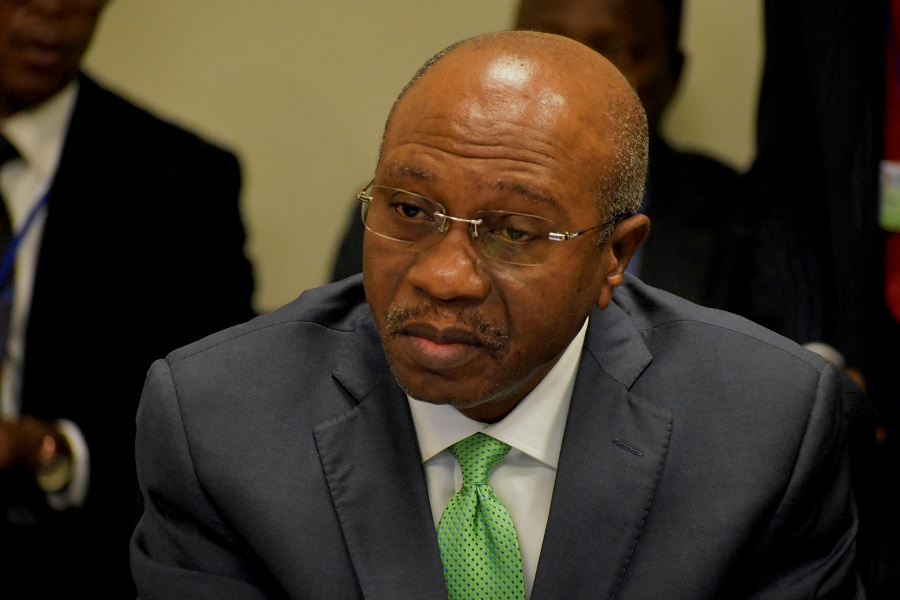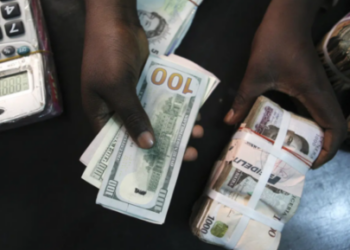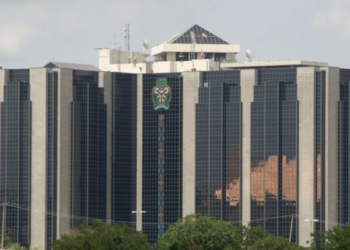The Central Bank of Nigeria’s Monetary Policy Committee (MPC) is set for its final meeting of the year, where deliberations on the next policy direction going into 2023 would be made.
In the last three meetings, the CBN had adopted a hawkish monetary approach, raising the benchmark interest rate by a cumulative 400 basis points from 11.5% to 15.5%, which represents the highest in over 20 years. In the last MPC meeting, the CBN also raised the cash reserve requirement (CRR) to a minimum of 32.5% in a bid to mop-up liquidity.
Meanwhile, despite the aggressive move by the CBN’s MPC, Nigeria’s inflation rate has remained unabated, hitting a fresh 17-year high of 21.09% in October 2022 with no sign of moderation. The CBN is now faced with the daunting task of curbing the rising cost of goods and services, as well as reducing currency in circulation.
Money supply at highest level: Nigeria’s broad money supply, which gives an indication of the amount of currency in circulation as well as checkable deposits in banks, savings deposits has increased by over N15.8 trillion between December 2019 and October 2022 to stand at N50.58 trillion, highest ever.
- In the same period, currency in circulation has risen by N855.8 billion to N3.29 trillion, while credit to the private sector topped N14.1 trillion to stand at N40.8 trillion on the back of the cheap credit regime adopted by the CBN to spur growth in the real sector following the COVID-19 pandemic.
- However, despite the tightening stance of the CBN in recent months, Nigeria’s money supply is yet to moderate, rather it has increased by over N6.76 trillion in the past 10 months.
Policy options: At this point, the MPC is faced with only two options holding or raising the benchmark interest rate. Considering that a loosening approach would mean a further widened negative real return, which would affect people’s saving sentiment.
- With the inflation rate currently at 21.09% and an interest rate of 15.5%, it translates to a negative real return of 5.59%, hence, eliminating the possibility of a reduction in the MPR.
- The CBN has announced the redesign of the local currency for the higher denomination, which is aimed at reducing the amount of money currently in circulation, whilst combating demand-side inflation as well as exchange rate volatility.
- It could be safe to expect that the CBN would hold a monetary stance to see how the redesign of the naira would affect prices and the value of the currency. However, a tightening decision could further encourage investors to save in naira rather than invest in dollar-denominated assets.
Possible MPC outcome: Our in-house analysts expect a hawkish stance albeit between 50bps and 100bps, which would bring the MPR to about 16% or 16.5%. Considering that the month-on-month inflation rate is beginning to show signs of slow growth, the CBN might be inclined to increase the MPR at a modest rate to also avoid the downside risk on economic activities.
Our predictions are based on the following:
- The money supply has risen to its highest level on record, and more money continues to chase fewer goods.
- Due to the flood in the food-producing areas of the country, Nigeria’s food inflation is likely to remain on the high side, as well as the expected surge in demand in the yuletide period.
- Finally, with other economies raising interest rates and Nigeria still dealing with an over 5% negative real return, the CBN needs to incentivize investors and individuals to invest and save in naira rather than foreign-denominated investments.

















